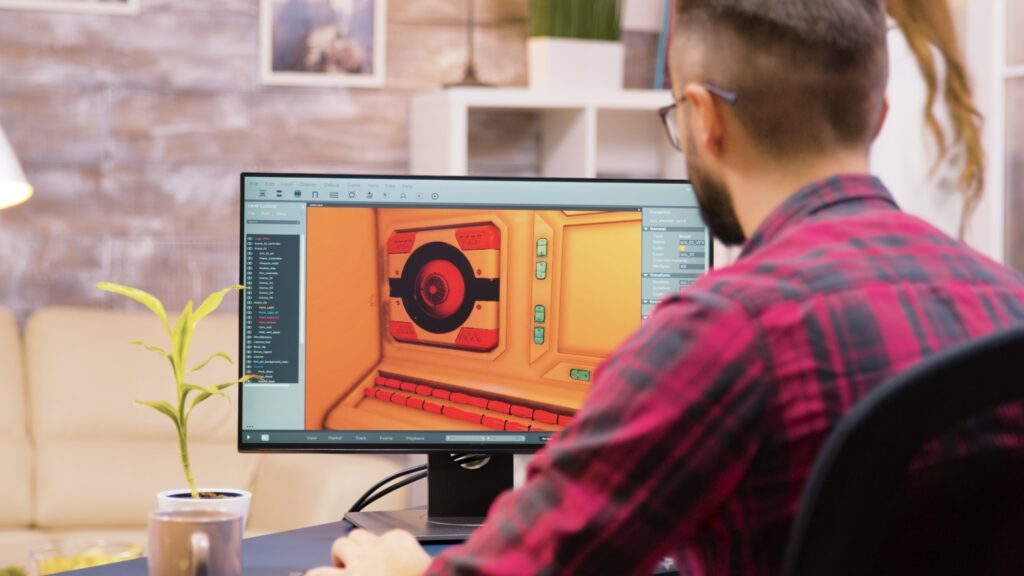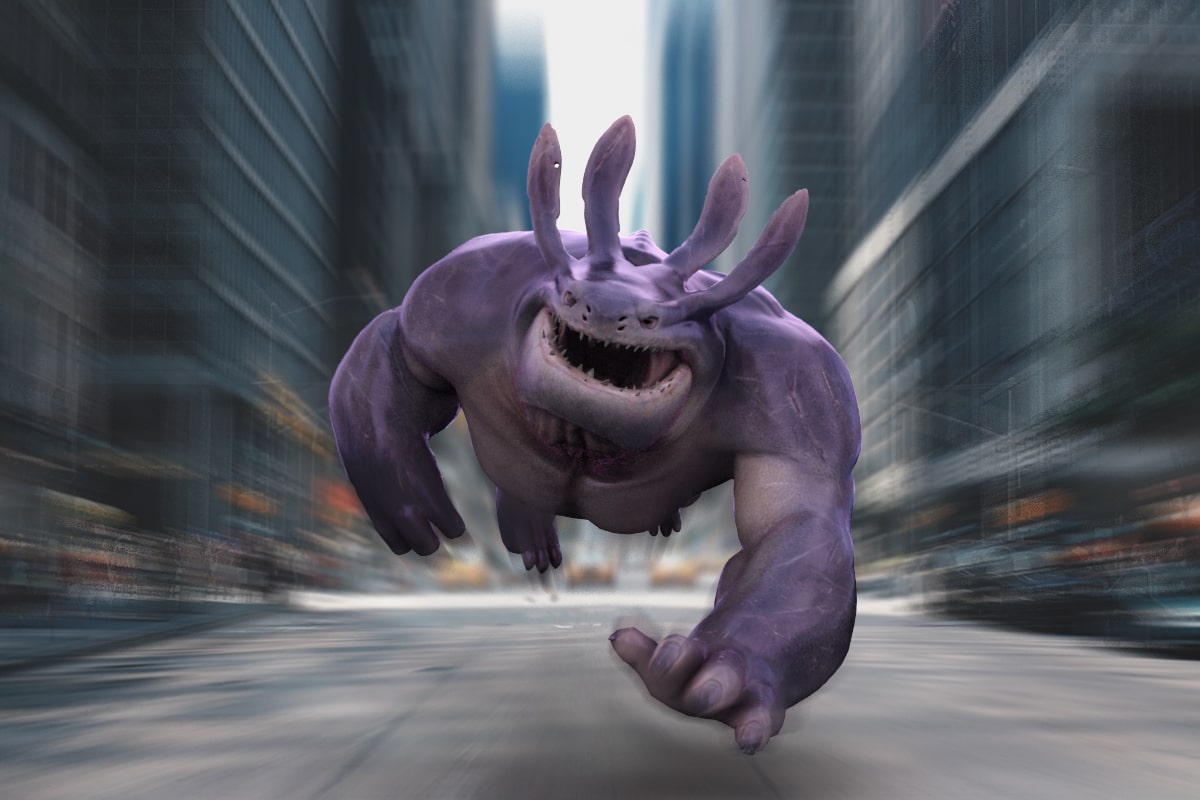The convergence of animation and virtual reality experiences has opened up a world of possibilities within the entertainment and technology industries. This fusion has created a dynamic landscape where storytelling, artistry, and innovation come together to captivate audiences in new and immersive ways.
1. Virtual Reality Animator
Virtual reality animators play a crucial role in bringing virtual worlds to life. They are responsible for creating the animations that users interact with in virtual reality experiences.
This role requires a strong understanding of animation principles, as well as technical skills to work within virtual reality platforms.
2. VR Game Developer
As virtual reality continues to gain popularity, the demand for VR game developers is on the rise. These professionals are responsible for creating immersive gaming experiences that take full advantage of the unique capabilities of virtual reality technology.
From designing game mechanics to coding interactive elements, VR game developers play a key role in shaping the future of gaming.
3. VR Art Director
In the world of virtual reality experiences, the role of a VR art director is essential. These creative professionals are responsible for overseeing the visual direction of virtual reality projects, ensuring that the art style aligns with the overall vision of the experience.
VR art directors work closely with animators, designers, and developers to create captivating virtual worlds that engage and enchant users.
4. AR/VR Interaction Designer
Augmented reality (AR) and virtual reality (VR) interaction designers focus on creating intuitive and engaging user experiences within immersive environments. These professionals design the user interfaces, interactions, and navigation systems that allow users to seamlessly interact with virtual reality experiences.
Strong design skills, along with a deep understanding of user experience principles, are essential for success in this role.
5. 3D Modeler
3D modelers are essential in the creation of virtual reality experiences, as they are responsible for designing and sculpting the 3D assets that populate virtual worlds. From characters and props to environments and special effects, 3D modelers bring creativity and technical skill to the process of building immersive virtual reality environments.
6. Virtual Reality Producer
Virtual reality producers oversee the development of virtual reality experiences from concept to completion. These professionals manage budgets, schedules, and resources to ensure that virtual reality projects are delivered on time and within scope.
Virtual reality producers play a key role in coordinating the efforts of animators, developers, designers, and other team members to bring virtual reality experiences to life.
7. VR Technical Artist
VR technical artists bridge the gap between art and technology in virtual reality experiences. These professionals are responsible for optimizing assets, implementing shaders, and developing tools that enhance the visual quality and performance of virtual reality projects.
VR technical artists collaborate closely with animators, designers, and developers to ensure that virtual reality experiences are both visually stunning and technically sound.
8. VR Sound Designer
Sound plays a critical role in creating immersive virtual reality experiences, and VR sound designers are responsible for crafting audio elements that enhance the overall user experience.
From ambient sounds and background music to spatial audio effects and interactive soundscapes, VR sound designers use their creativity and technical skills to bring virtual worlds to life through sound.
9. VR Storyboard Artist
Storyboard artists in the virtual reality industry play a crucial role in visualizing the narrative and pacing of virtual reality experiences. By creating storyboards that map out key scenes and interactions,
VR storyboard artists help directors, animators, and designers visualize the flow of the experience before production begins. Strong storytelling and visual communication skills are essential for success in this role.
10. VR Marketing Specialist
As virtual reality experiences continue to gain traction in the market, the role of VR marketing specialists becomes increasingly important. These professionals are responsible for developing and executing marketing campaigns that promote virtual reality experiences to target audiences.
VR marketing specialists leverage their understanding of virtual reality technology and consumer behavior to create compelling campaigns that drive awareness and engagement.
Key Takeaways:
- The fusion of animation and virtual reality offers exciting career opportunities in the entertainment and technology industries.
- Roles like Virtual Reality Animator, VR Game Developer, and VR Art Director are essential in creating immersive virtual reality experiences.
- AR/VR Interaction Designers, 3D Modelers, and VR Producers play key roles in shaping the visual and interactive aspects of virtual reality projects.
- VR Technical Artists, Sound Designers, Storyboard Artists, and Marketing Specialists contribute to the overall success of virtual reality experiences.
To further enhance your skills and knowledge in the animation and virtual reality industries, consider enrolling in the NYU Animation Industry Essentials online course and certificate program offered by Yellowbrick. This program can provide valuable insights and hands-on experience to help you excel in this dynamic field.








